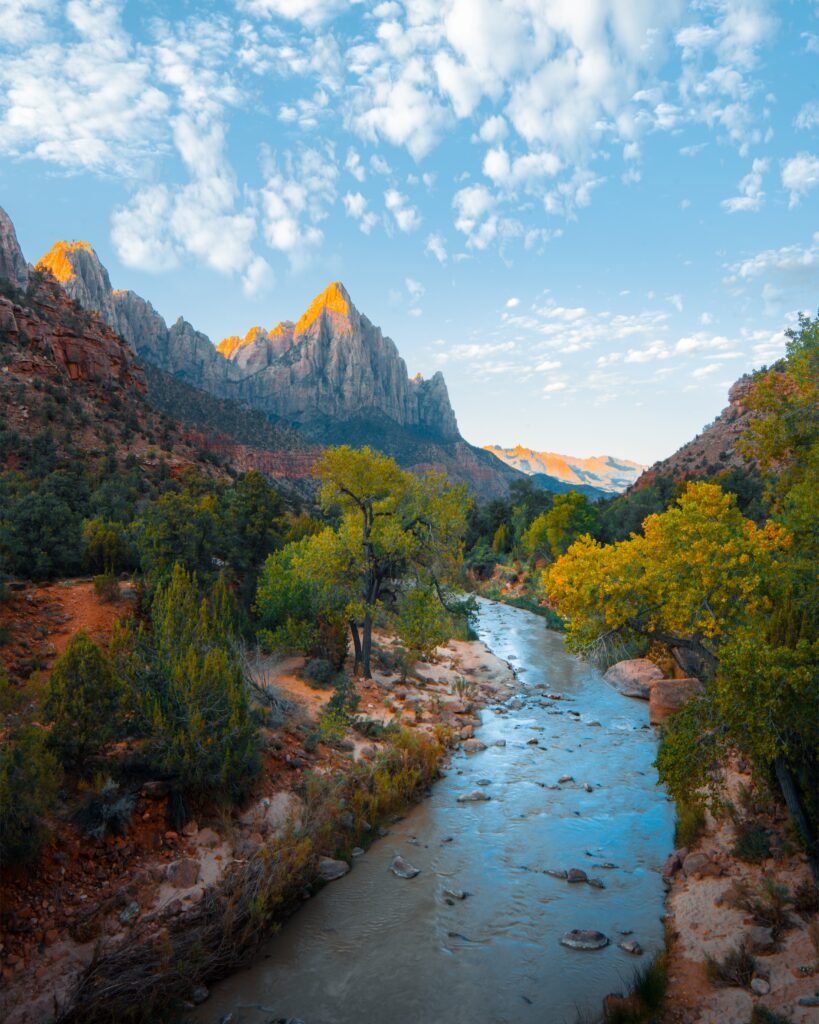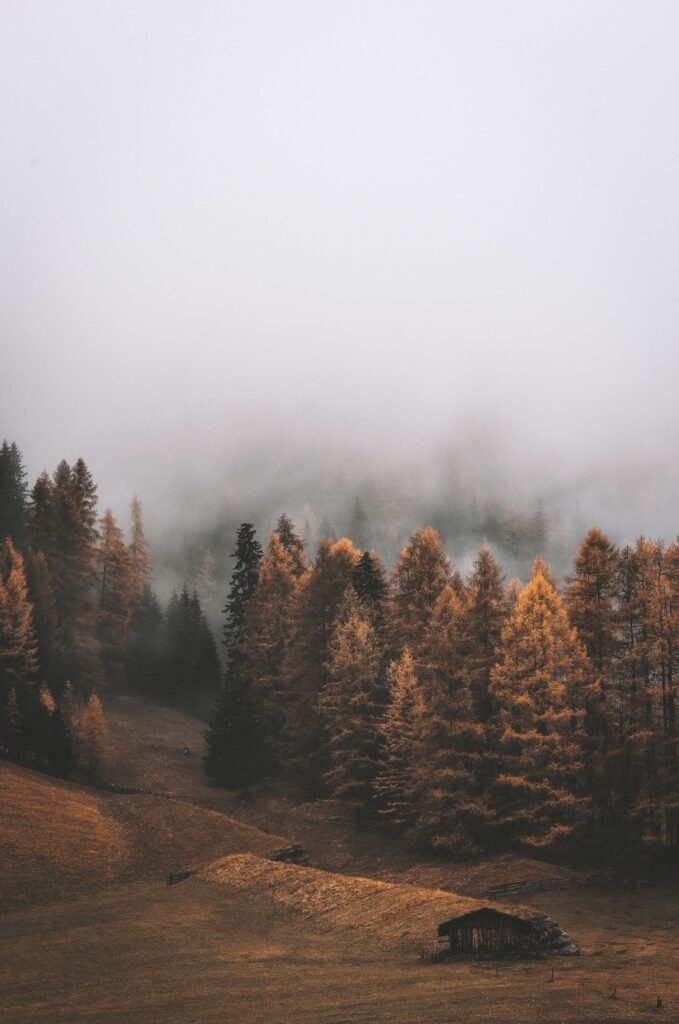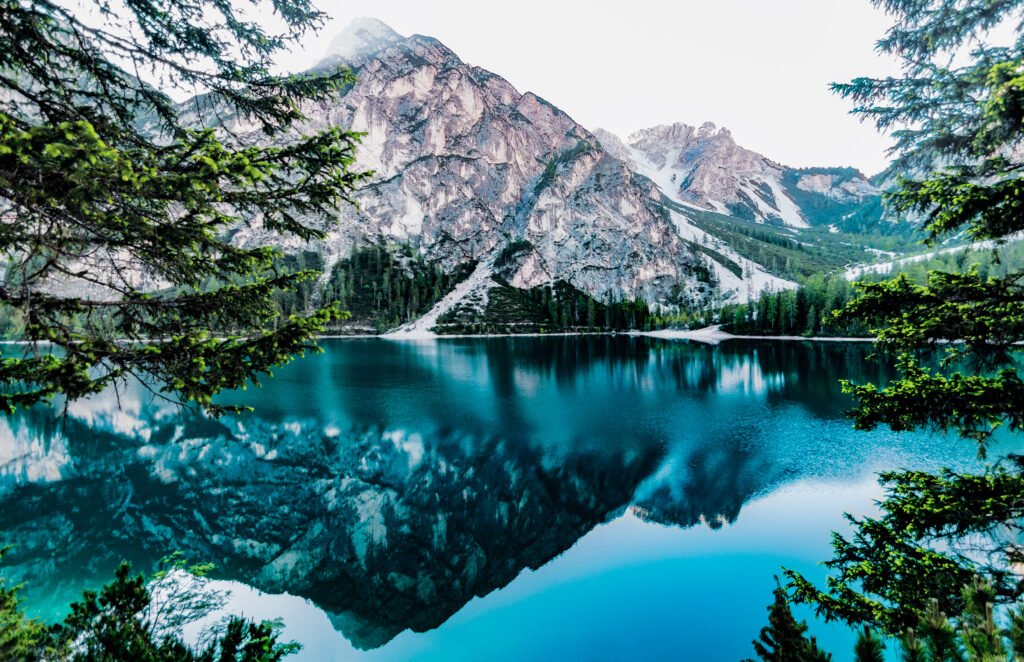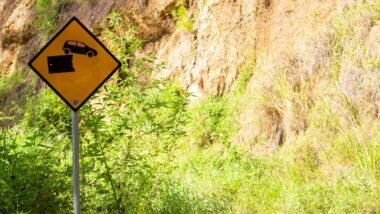Heading out on a hiking adventure, surrounded by breathtaking scenery and the tranquility of nature, is an experience like no other. However, as you plan your overnight escapade, it’s crucial to take a moment to consider the safety aspect of camping or bivouacking in the great outdoors. While the allure of sleeping under the stars is undeniable, it’s important to be aware of potential risks and take necessary precautions to ensure a secure and enjoyable experience. Let’s explore some essential safety considerations for camping or bivouacking overnight during a hike.

This image is property of images.pexels.com.
Choosing a Campsite
Evaluating the Terrain
When it comes to choosing a campsite, it’s important to carefully evaluate the terrain. Look for a flat and level area where you can set up your tent without any discomfort. Avoid areas with rocks, tree roots, or uneven ground that could make sleeping or walking difficult. Additionally, consider the soil type to ensure that it is suitable for pitching a tent and won’t cause any difficulties in setting up camp.
Checking for Natural Hazards
Before settling on a campsite, it’s crucial to check for natural hazards that could pose a risk to your safety. Look out for any potential dangers such as dead or unstable trees that could topple over, low-hanging branches that could harm you or your equipment, or areas prone to rockslides or avalanches. It’s essential to choose a campsite that is free from potential hazards to ensure a safe overnight stay.
Considering Proximity to Water Sources
When selecting a campsite, it’s wise to consider the proximity to water sources. Having access to clean and reliable water is essential for cooking, drinking, and general hygiene. Look for a campsite near a freshwater lake, river, or stream, but be mindful of any potential flooding risks. Additionally, it’s important to properly filter or treat the water to ensure it is safe for consumption.
Looking for Reliable Shelter
One of the primary considerations when choosing a campsite is finding reliable shelter. Evaluate the available options, such as natural features like rock formations, dense tree coverage, or natural overhangs that can provide protection from the elements. Alternatively, you can bring your own shelter, such as a tent or hammock system, to ensure you have a safe and comfortable place to sleep. Remember to consider the weather conditions when selecting a campsite for optimal shelter.
Preparing for the Night
Informing Others About Your Plans
Before embarking on an overnight camping trip, it’s important to inform others about your plans. Let someone trusted, such as a family member or a friend, know about your itinerary, including the campsite location and the expected duration of your stay. This way, in case of any unforeseen circumstances or emergencies, someone will have knowledge of your whereabouts and can alert authorities if necessary.
Knowing the Local Regulations
To ensure a smooth camping experience, it’s crucial to be aware of the local regulations. Different areas may have specific rules and restrictions regarding camping, campfires, wildlife encounters, and waste disposal. Familiarize yourself with these regulations and follow them to avoid any penalties and minimize your impact on the environment. Stay informed by checking with park offices, local authorities, or relevant websites for up-to-date information.
Pack Essential Safety Gear
Before heading out for your camping trip, make sure to pack essential safety gear. Some of the crucial items to include are a first aid kit, a map and compass or GPS device, a headlamp or flashlight with spare batteries, a whistle for signaling for help, extra clothing layers, and a multipurpose tool or knife. These items will help you stay safe and prepared for any unexpected situations that may arise during your camping adventure.
Setting Up Camp Before Dusk
To maximize safety and ensure a stress-free camping experience, it’s advisable to set up your camp before dusk. As natural light diminishes, it becomes more challenging to navigate and set up your tent, potentially leading to accidents or frustrations. By setting up camp while there is still daylight, you’ll have ample time to familiarize yourself with your surroundings and address any potential safety concerns before nightfall.
Fire Safety
Checking Fire Restrictions
Before starting a campfire, it’s crucial to check for fire restrictions in the area you’re camping. Some regions may have temporary fire bans due to dry weather conditions or wildfire risks. Respect these restrictions to prevent accidental fires and preserve the natural environment. If fires are permitted, make sure to adhere to specific regulations such as using designated fire pits or rings and keeping a safe distance from flammable materials.
Selecting a Suitable Fire Pit
When setting up a campfire, it’s essential to choose a suitable fire pit. Look for an existing fire ring or pit, as these are often designated and prepared for safe fires. If there are no established fire pits, opt for an open area away from dry vegetation, overhanging branches, or combustible materials. Clear the space around the fire pit from any debris or flammable items to minimize the risk of spreading flames.
Maintaining a Safe Distance from the Fire
While enjoying a campfire, it’s crucial to maintain a safe distance from the flames. Avoid sitting or placing any flammable items too close to the fire. The recommended distance is at least 10 feet (3 meters) to prevent accidental burns and to reduce the risk of sparks igniting nearby objects. Always be vigilant and supervise the fire at all times to ensure it remains under control.
Extinguishing the Fire Properly
When it’s time to extinguish the campfire, it’s essential to do so properly. Start by using water or dirt to douse the flames, making sure to fully saturate the fire and surrounding area. Stir the ashes and embers with a stick to ensure all hot spots are cooled down. Keep adding water or dirt until everything is cold to the touch. Never leave a fire unattended or assume it has gone out on its own – always make sure it is completely extinguished to prevent wildfires.
Food Safety
Storing Food and Smelly Items
Properly storing food and items with strong odors is essential for camping safety. Keeping food properly stored minimizes the risk of attracting wildlife to the campsite. Use airtight containers or resealable bags to store food items and pack them away securely in a cooler or lockable container. Additionally, avoid bringing strongly scented items like lotions, toothpaste, or perfumes into your sleeping area to prevent unwanted animal visits.
Using Bear-Resistant Containers
In areas known for bear activity, it is recommended to use bear-resistant containers to store your food. These containers are designed to withstand bear attempts to access the contents, reducing the chances of attracting bears to your campsite. Follow the proper techniques for storing food in bear-resistant containers, including keeping the containers a safe distance away from your sleeping area and suspended off the ground if possible.
Properly Disposing of Food Waste
When camping, it’s essential to properly dispose of food waste to avoid attracting wildlife and potential conflicts. Pack out any food waste, including scraps and leftovers, in secure containers or bags. Never leave food waste or cooking remnants in fire pits, as this can create an enticing scent for animals and potentially lead to increased human-wildlife interactions. Always leave the campsite as clean as you found it, minimizing your impact on the environment.
Avoiding Cooking Inside the Tent
Cooking inside a tent poses a significant risk of carbon monoxide poisoning and fire hazards. It is essential to cook outside the tent in a well-ventilated area, using camp stoves or designated fire rings. Keep the cooking area clear of flammable materials and never leave a lit stove or an open flame unattended. Cooking outside the tent not only reduces safety risks but also prevents the accumulation of cooking odors inside the sleeping area.

This image is property of images.pexels.com.
Weather Considerations
Checking Forecast and Being Prepared
Before setting off on a camping trip, it’s crucial to check the weather forecast and be prepared for any potential conditions. Pay attention to weather patterns that may include heavy rain, thunderstorms, extreme heat, or cold temperatures. Bring appropriate clothing layers, rain gear, and sun protection to ensure your comfort and safety during changing weather conditions. Being prepared for the weather can make a significant difference in your camping experience.
Protection from Extreme Heat
When camping in hot and sunny conditions, it’s essential to protect yourself from extreme heat. Wear lightweight, breathable clothing and a wide-brimmed hat to shield your face from the sun. Apply sunscreen regularly to prevent sunburns, and seek shade during the hottest parts of the day. Additionally, drink plenty of water and stay hydrated to avoid heat-related illnesses such as heat exhaustion or heatstroke.
Preparing for Cold Weather
If camping in cold weather, proper preparation is essential for staying safe and comfortable. Layer your clothing, starting with moisture-wicking base layers, insulating mid-layers, and a waterproof outer shell. Wear warm accessories such as hats, gloves, and thermal socks to prevent frostbite. Make sure your sleeping bag and sleeping pad are suitable for cold temperatures, and consider using a tent with good insulation. Stay dry and avoid overheating to minimize the risk of hypothermia.
Familiarizing with Lightning Safety
When camping in areas prone to thunderstorms, it’s crucial to be familiar with lightning safety. Seek shelter in a secure building or a fully enclosed vehicle if lightning is approaching. If no shelter is available, avoid open areas, tall trees, bodies of water, and metal objects. Instead, find a low-lying area and crouch down, minimizing your contact with the ground. Wait at least 30 minutes after the last observed lightning or thunder before resuming outdoor activities.
Insect and Wildlife Safety
Using Insect Repellent
To protect yourself from insects, especially mosquitoes and ticks, use insect repellent. Choose a repellent with an effective active ingredient such as DEET, picaridin, or oil of lemon eucalyptus. Apply the repellent according to the instructions on the label, focusing on exposed skin and around openings in clothing. Reapply as necessary, especially after swimming or excessive sweating. Additionally, consider wearing long-sleeved shirts, long pants, and socks to further reduce insect bites.
Proper Clothing to Prevent Tick and Mosquito Bites
When camping in areas with ticks and mosquitoes, wearing appropriate clothing can help prevent bites. Opt for light-colored, long-sleeved shirts, long pants, and socks to cover exposed skin. Tuck your pants into your socks to create a barrier against ticks crawling up your legs. Additionally, choose clothing treated with permethrin, an insect repellent that can be applied to clothing for extended protection. Remember to conduct regular tick checks to minimize the risk of tick-borne diseases.
Storing Food Away from Animals
To prevent wildlife encounters and minimize the likelihood of attracting animals to your campsite, it’s crucial to store food away from animals. Utilize bear-resistant containers or hang food from a tree limb at least 10 feet off the ground and 4 feet away from the trunk. Follow specific guidelines provided by the local authorities or park officials in bear country. Storing food properly not only protects your safety but also preserves the natural behavior of wildlife.
Knowing How to Safely React to Wildlife Encounters
Encountering wildlife while camping can be a thrilling experience, but it’s important to know how to react safely. The general rule is to observe wildlife from a distance and never approach or feed them. If you encounter a wild animal, remain calm, make yourself appear larger by raising your arms, and slowly back away. Avoid making sudden movements or loud noises that may provoke the animal. It’s crucial to respect their space and understand that they are wild creatures.

This image is property of images.pexels.com.
Personal Safety
Navigating Safely and Carrying Maps
Before venturing into the wilderness, it’s essential to navigate safely and always carry maps. Familiarize yourself with the trail or area you will be exploring and study the map to understand key landmarks and potential hazards. Bring a detailed map and a compass or GPS device to ensure you can navigate accurately. By being prepared and having the necessary tools, you can minimize the risk of getting lost or disoriented during your camping adventure.
Using Headlamps or Flashlights
When camping overnight, it’s important to use headlamps or flashlights to ensure visibility in the dark. As daylight fades, having a reliable light source allows you to move safely within the campsite and navigate the surroundings if necessary. Pack extra batteries or a spare light source in case of emergencies. By having adequate lighting, you can prevent accidents, identify potential hazards, and comfortably perform tasks after sunset.
Preventing Trips and Falls in the Dark
To prevent trips and falls during nighttime activities, it’s crucial to take precautions. Clear the camping area from any objects or debris that could cause accidents in the dark. Use glow sticks or reflective markers to indicate potential hazards such as guide ropes or tent lines. Additionally, wear appropriate footwear with good traction to minimize the risk of slipping or stumbling on uneven terrain. Taking these preventive measures will help ensure your safety during nighttime activities.
Being Cautious with Knives and Tools
When camping, it’s important to exercise caution when handling knives and other tools. Ensure that knives and tools are properly stored and secured when not in use. Always handle these items responsibly and avoid using them in a careless or distracted manner. Keep the blades away from your body and be mindful of your surroundings to prevent accidental injuries. By following safe practices with knives and tools, you can minimize the risk of accidents and ensure your personal safety.
Health Considerations
Safe Drinking Water
When camping, safe drinking water is crucial for maintaining good health. Ensure that you have access to clean and potable water sources. If there is uncertainty about the water quality, use a water filtration system or boil the water for at least one minute before consumption. Alternatively, bring along water purification tablets or a personal water filter as backup options. Staying properly hydrated with safe drinking water is essential for physical well-being during your camping trip.
Basic First Aid Knowledge and Kit
Having basic first aid knowledge and a well-equipped first aid kit is vital for addressing minor injuries and medical situations that may arise during camping. Take the time to familiarize yourself with basic first aid techniques such as treating cuts, blisters, sprains, or insect bites. Pack a comprehensive first aid kit that includes bandages, antiseptic ointment, pain relievers, tweezers, and any necessary personal medications. Being prepared with first aid knowledge and supplies can make a significant difference in managing unforeseen medical situations.
Proper Hygiene and Waste Disposal
Maintaining proper hygiene and waste disposal practices is essential for camping health and minimizing environmental impact. Use biodegradable soap when washing dishes or personal items and do so at least 200 feet away from water sources to prevent contamination. Properly dispose of human waste by using designated toilets or digging a cathole at least 6 to 8 inches deep. Always pack out all trash and waste, leaving the campsite clean and free from any potential contaminants.
Handling Medical Emergencies
In the event of a medical emergency during camping, it’s important to stay calm and take appropriate actions. Contact emergency services immediately, providing clear and accurate information about your location and the nature of the emergency. Administer basic first aid as necessary, ensuring the safety and comfort of the affected individual while awaiting professional help. If possible, have a designated emergency contact who can assist in communicating with authorities and providing important medical information.

This image is property of images.pexels.com.
Sleeping Arrangements
Choosing a Comfortable Sleeping Pad
A comfortable sleeping pad is essential for a good night’s sleep while camping. Select a pad that offers adequate cushioning and insulation from the ground, ensuring maximum comfort and body support. Consider factors such as packed size, weight, and insulation value (R-value) when choosing a sleeping pad. Test it out beforehand to ensure it meets your comfort requirements and helps you get a restful sleep during your outdoor adventures.
Insulation and Sleeping Bag Selection
To stay warm during camping, proper insulation and choosing the right sleeping bag are important considerations. Insulation is measured by the bag’s temperature rating, indicating the lowest temperature at which it will keep you warm. Select a sleeping bag with a temperature rating appropriate for the expected weather conditions. Consider additional insulation layers such as sleeping bag liners or wearing base layers to enhance warmth. By choosing the right sleeping bag and insulating properly, you can enjoy a cozy night’s sleep.
Setting Up a Tent Correctly
Properly setting up your tent is crucial for a safe and comfortable camping experience. Familiarize yourself with the tent’s setup instructions before your trip. Look for a suitable campsite with level ground, clear of rocks and debris. Lay a groundsheet or footprint beneath the tent to protect the floor from moisture and abrasions. Follow the tent’s assembly instructions, ensuring that all poles, stakes, and guylines are properly secured. By setting up your tent correctly, you’ll create a reliable shelter for the night.
Securing Gear and Personal Items
To prevent accidents and ensure a worry-free camping experience, it’s important to secure your gear and personal items properly. Organize your belongings inside the tent, keeping them away from high-traffic areas to prevent tripping. Hang a lantern or attach a light to the ceiling of the tent to avoid accidentally stepping on or knocking over items during the night. Keep food and scented items stored away to protect against wildlife intrusion. By securing your gear effectively, you can maintain a tidy and safe camping environment.
Emergency Preparedness
Carrying a Personal Locator Beacon
When venturing into remote areas for camping, carrying a personal locator beacon (PLB) is strongly recommended. PLBs are small and portable devices that can transmit a signal to search and rescue authorities in the event of an emergency. Register your PLB before your trip and ensure it is fully charged and in working condition. Having a PLB provides a reliable means of communication and greatly enhances your chances of being located quickly in case of a life-threatening situation.
Creating an Emergency Plan
Before embarking on a camping trip, creating an emergency plan is essential for preparedness. Discuss potential scenarios with your camping companions and establish a plan of action in case of an emergency. Include evacuation routes, communication methods, and designated meeting points. Assign roles and responsibilities within your group to ensure a coordinated response. By formulating an emergency plan, you can efficiently address unforeseen situations and maintain the safety of all individuals involved.
Knowing How to Signal for Help
Knowing how to signal for help can be crucial in emergency situations when camping. Carry a whistle or other signaling devices to attract attention if needed. Learn common distress signals such as three short blasts, flashing a light, or displaying a visible distress signal. If you require assistance, use these signals to alert potential rescuers to your location. Being knowledgeable about signaling for help increases your chances of getting assistance quickly and effectively.
Understanding Basic Wilderness First Aid
Having a basic understanding of wilderness first aid is crucial for handling injuries or medical emergencies during camping. Consider taking a wilderness first aid course to gain the necessary knowledge and skills. Learn how to assess injuries, provide immediate care, and stabilize the injured person until professional help arrives. Familiarize yourself with common wilderness medical scenarios such as fractures, burns, or heat exhaustion. By having a basic understanding of wilderness first aid, you can be better prepared to handle medical situations in remote locations.

This image is property of images.pexels.com.
Hi there! I’m the Editor, experienced outdoor development specialist, mountaineer and the mind behind ‘Country Rambler.’ I’m thrilled to welcome you to our website, your go-to destination for all things hill walking and rambling. Whether you’re an experienced adventurer or just dipping your toes into the great outdoors, I’ve got you covered. From providing guidance on essential gear, like boots and jackets, to sharing trail tips that range from peaceful paths to challenging peaks, I’ve got everything you need to embark on your next adventure. Stay in the loop with our fresh news updates and trail information. So, lace up those boots and join me as we explore the breathtaking landscapes together. Happy wandering!


